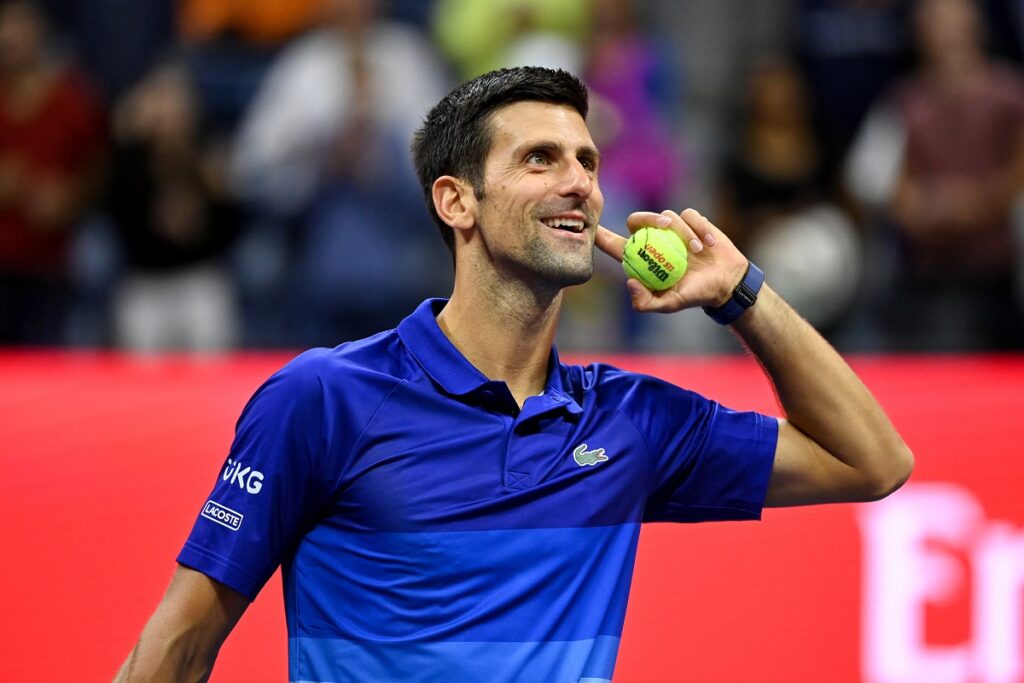Weathering the Storm: The Key to Bouncing Back

In the finals of the 2021 French Open, Novak Djokovic, the top- seed was heavily favored against the fourth-seed seed, Stefanos Tsitsipas. This was Tsitsipas’s first Slam final while Novak had already won 18 in his career. Most thought that the match would be routine, won by Djokovic in straight sets, or maybe four sets. However, Tsitsipas came out strong, winning the first two sets 7-6, 6-2, and no doubt putting the Serb in trouble.
But then Djokovic did what all the greats do; he weathered the storm.
He hung in, stuck around, and bounced back, winning the next three sets 6-3, 6-2, 6-4, respectively, en route to his 19th major title. Then, four weeks later at the 2021 Wimbledon Championships, Djokovic reached the final and once again played an underdog, this time the seventh-seeded Matteo Berrettini. Again, Djokovic lost the first set 6-7, and this was after leading 5-2! He weathered the storm to win the next three sets 6-4, 6-4, 6-4, respectively, and captured his 20th Slam. On the Women’s side, Ashleigh Barty also weathered the storm by beating Karolina Pliskova 6-3, 6-7, 6-3. In her match, she won the first set, lost the second set and bounced back to win the third set.
Weathering the storm is essential to being a highly-ranked professional or junior player. No matter the level, no one is going to be able to play their “A-game” day- in-and-day-out. Equally important is to understand that you can’t control your opponent’s level. Sometimes the difference is being able to absorb your opponent’s best while bending but not breaking, and staying in the match to create time to for your opponent to cool down and for you to find your game. Usually, it’s impossible to play a perfect match from the beginning to the end. In the rare event that happens, your opponent was simply too good and tomorrow is a new day.
So, how can you as a competitive junior, or adult weekend warrior, weather the storm of your opponents? First, it’s important to understand both you and your opponent will come to the match with a certain amount of talent, skills, strategy and fitness. These attributes, I like to think as physical attributes above the surface, they are the tools that players, fans and coaches can see. Certainly, on any given day, a player’s physical attributes may vary a bit, and one player may be at another level than the other, which is largely out of the opponent’s control.
However, when the physical attributes are similar (i.e., two advanced players competing against each other), how can a player weather the storm when they find themselves behind or struggling? I suggest digging where the Pro’s dig: below the surface to the mental attributes connecting to your heart, energy and spirit. A player’s second nature, which is the intangible qualities which may not be visible but always provide the fuel to help a player weather the storm, hang in there, not get overwhelmed, and have the perspective to adapt and adjust to what’s necessary at the time.
So what are these attributes? I like to think of them as what makes a person/player unique and a whole human athlete. They are attributes, characteristics and values that make the person who they are. Specifically, the intangible things that people can’t see until they have been seen. For example: Nadal’s grit, Federer’s grace, Djokovic’s grind and Barty’s creativity. In my work with clients, I’ll ask a client to list five things that make them unique. Five attributes, values or characteristics that may not be outwardly visible, but they possess in their heart. Often times, they may mention attributes such as awareness, creativity, imaginative, persistent, disciplined, spirited, and self-belief. These are just a few, and there are many more depending on the person. However, knowing these things about yourself is the starting point from which you can dig deep and bring them to the competition.
It’s obvious to bring your game, your shots, your strategy and your fitness to a match to give you the best chance to compete. However, less obvious is the intention to bring the intangibles that exist below the surface. But these are the things that make you special as a person, and what makes your game what it is. Understanding how to identify and bring these attributes to the court will give you an added advantage, a secret weapon of sorts, an umbrella of protection to weather the storm! I suggest taking a quiet moment with your journal and list attributes, characteristics and values that describe you, or are meaningful to you. Then think about how you can bring them to the court. Expanding on Djokovic’s grind, one could say he is balanced, methodical, resilient, energetic, and strategic. We can see that these are exactly the attributes which helped him to weather the storm in his previous two come-from-behind victories at the French Open and Wimbledon.
Now, the next time you’re in a match, no matter if you’re ahead or having to weather a storm, make sure you bring your five intangible attributes, characteristics, or values that make you, you! Play with heart, energy and spirit, and watch how you weather the storm as never before!






